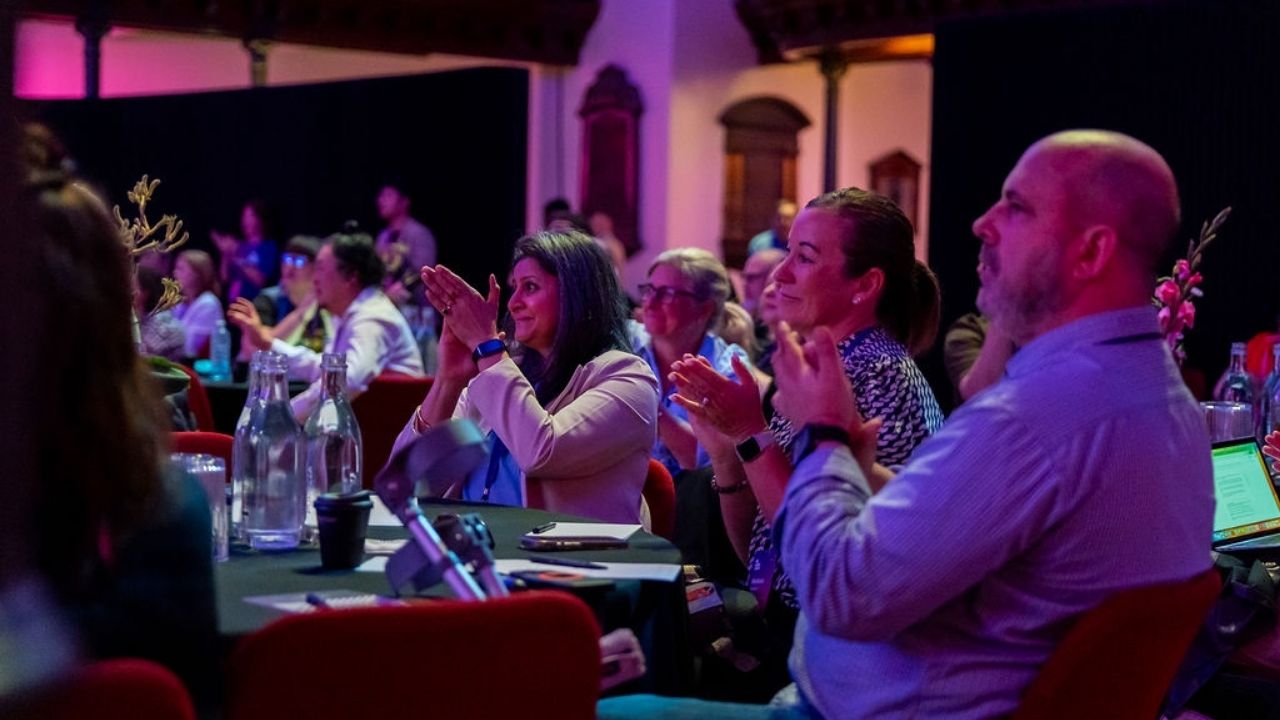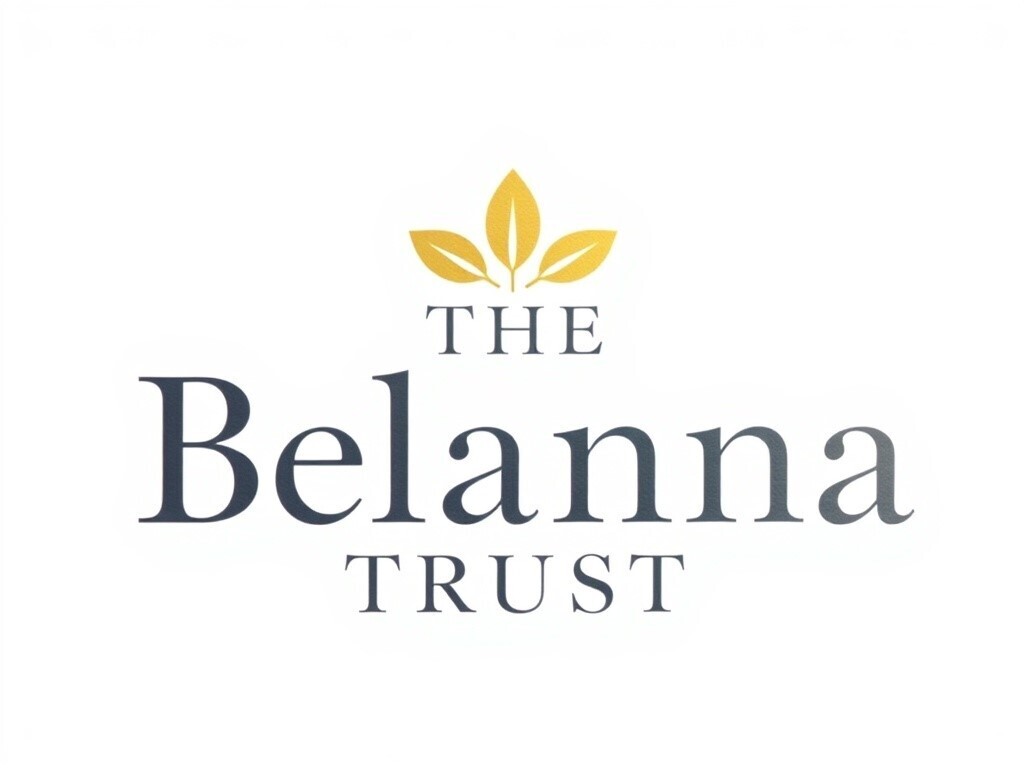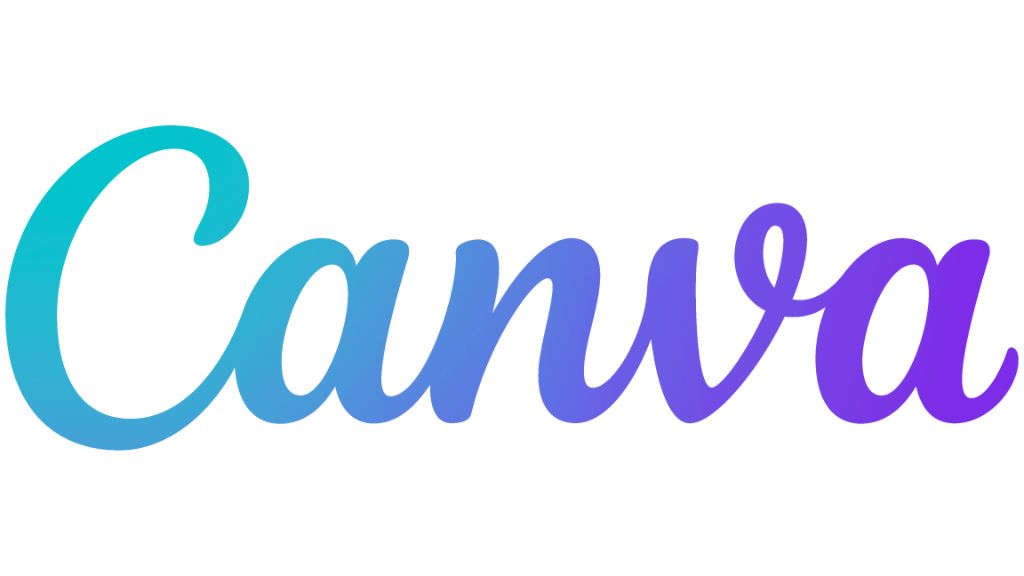.png)
Discover how technology and innovation can make public transport accessible to all.
You can also stream this episode on Spotify or Apple Podcasts.
Episode Overview
Imagine if you had to plan a 10 minute trip on public transport 24 hours ahead of time, knowing that your plans will likely fail? In Season 3 Episode 1 of the Remarkable Insights Podcast, our host Viv Mullan chats with tech pioneer Santiago Velasquez who has turned these types of personal barriers into innovative solutions through his startups, EyeSyght and Hailo. Together, they explore how technology can transform public transport so that everyone is free to access it.
Meet Our Guest
Meet Santiago Velasquez, as a 2022 Churchill Fellow, UN panellist, TedX speaker and Founder and CEO of EyeSyght and Hailo (tech companies with a focus on solving one of the biggest accessibility issues in the modern world), Santi is on a mission to change the way the world perceives people with disability through his diversity and inclusion keynote talks. Sharing his lived experience as a vision impaired entrepreneur and innovator, his diversity and inclusion keynote talks captivate, enthral and transform the mindset of the audience.
Leading two high profile accessibility projects, (both supported by QUT, Vision Australia and Guide Dogs Australia), Santi is not planning on stopping any time soon. He is about to launch his first not for profit which will provide people with disability in his home country of Colombia with disability aids that they previously would not have had access to.
Key Quotes
In this conversation with Santiago, we explore his pioneering journey in accessibility and innovation, his proactive approach to tackling public transport challenges, and his perspective on startup competition. Below are some of Santiago's key quotes that capture the essence of our discussion and the truly remarkable insights.
"If public transport is meant to be public, why is it failing us? Let's do something about it. I figured I can't wait. I might as well start another company and do it ourselves."
"When we see competition, it gets us excited. It means that the problem we identified, the solution we identified has traction…it makes me feel that the hard work we have put into finding the solution, finding how to make it accessible for everybody, means that it was all worth it."
"My Remarkable Insight is that barriers don't exist. We choose to put them in front of us. Once you realise that, it doesn't really matter what it is that you're trying to do, the world and the universe is your oyster."
Video Highlights
Check out some of the highlights of our chat with Santiago Velasquez on the Remarkable Insights podcast, now featured in our captioned video reel!
Episode Transcript
To access a transcript of this episode click on the drop-down button below.
Image Gallery
[00:00] Viv Mullan:
Welcome to Remarkable Insights, where we're exploring how disability drives innovation.
I'm your host Viv Mullan, and it is a joy to launch season three as we mark Global Accessibility Awareness Day, a day dedicated to digital access and inclusion.
What's our mission? To showcase how disability has and continues to shape some of the world's greatest technological innovations across the globe. Every fortnight, join us for candid chats on everything from AI to the Paralympics, to live music, to space travel, to entrepreneurship, all through the lens of tech pioneers and advocates pushing the boundaries.
Your accessibility is our priority, which is why each episode comes with transcripts, summarised notes, and captioned video content. We know accessibility is always evolving and improving, and your feedback is invaluable. So please get in touch with us if you've got any tips and tricks.
Today, we tackle our big one. Why isn't public transport serving everyone? And how can we fix it? With us is Santiago Velasquez, who's turning personal challenges into powerful solutions. Santi, it's great to have you here. How about we start with you giving us a snapshot of who you are and feel free to highlight any key aspects of your identity that you'd like our audience to know.
[01:17] Santiago Velasquez:
Thank you very much for having me. My name is Santiago Velasquez and I identify as a male. I'm visually impaired. My background is Latin, so I hail from Columbia for those of you who are watching from South America. Hello.
[01:32] Viv Mullan:
So brilliant. And let's start by just getting to know how your journey with entrepreneurship began.
[01:39] Santiago Velasquez:
So it's a very interesting question for me because I never thought I would be in this position. Originally, and ever since I can remember,I always knew I wanted to do something with technology, but I figured I'll go to university, study electrical engineering or something to that effect and apply for a job. Happy days. That was sort of my plan. As soon as I started finishing high school or towards the end of my high school years, I realised that a lot of the things that were not issues, you know, when you were young, probably transportation, accessing information, were going to be a big thing in my life.
So, when I made it to uni, it was interesting because as far as I'm concerned, and if anybody who is listening knows otherwise, please correct me and send us an email or message or whatever. I'm the first person with a vision impairment to study electrical engineering in the Southern Hemisphere. And this meant that everything needed to be reworked. How do you access circuit diagrams? How do you create graphs? How do you read graphs? How do you work with equations? And include the graphs, how do you design circuits? And so on and so on and so forth. And this basically led me to say,”Okay, if there aren't any standards or any methods that I can pull from, I can either wait and hope for somebody else to do something about it, or I could just use my knowledge and my experience and do something about it”.
And so what was the solution that you had created? So for this situation I started my first company EyeSyght and EyeSyght developed a display that allows you to feel what you're looking at. So if you can see you look at a computer screen and it's the same as if you were looking at a printed page for people who can't see that's not an option. So I said, well, let's make it one. So we developed a display that is completely transparent. It has no moving parts. And when you look at it, it's just a Windows computer, but when you touch the surface of the glass, you can feel what you're looking at. So that allowed me to feel graphs in real time for my university career and rather than having to wait three weeks for a tactile map to be produced or a tactile diagram circuit and so on and so forth, I could just open it up on the display we built and interact with it. And that's just the beginning.
[04:10:07] Viv Mullan:
Yeah, I mean, we're going to get on to another one of your solutions, but I'd like to know where that… business is up to, but then how that journey also led you to creating another more recent solution.
[04:23] Santiago Velasquez:
It's funny you should ask that. So EyeSyght is a tactile display and it's slowed down since our first development because hardware is more expensive to develop. And if any of you who are listening have done anything in hardware, you understand that you need to do a lot of stuff. You need, you have a lot of moving parts and hardware doesn't yield results, as quickly as software, for example. So we're working on it. We're trying to get it out into many, many places, many devices working with organisations.
But the reason why that led me to the next situation or my next company that I opened up, Hailo, is one of the issues I was also facing was public transport accessibility or lack thereof. With the first device, I could look at maps and I could understand what the system did and what my city looks like. But I couldn't catch public transport. I had to plan 24 hours in advance for a 10 minute trip and I was left by buses. I was dropped off in the middle of nowhere where I didn't know where I was. I was made to wait in the rain.My guide dog burned his paws because he didn't want to wear booties in the sun. Anyway, the list goes on and on and on I realised again, this is another problem where if public transport is meant to be public. Why is it failing us? Let's do something about it. I figured I can't wait. I might as well start another company and do it ourselves.
[05:52] Viv Mullan:
With all your spare time.
[05:54] Santiago Velasquez:
My calendar is a great friend. I have to say.
[05:57] Viv Mullan:
What does that actual app look like? What does it offer people?
[06:01] Santiago Velasquez:
So Hailo is simple in what it does. And the idea is you show up to a bus stop or train stop, you know, it doesn't really matter what form of transport and currently. Depending on your disability, you have to do multiple things, but you have to be known in advance. Hailo just allows you to rock up to the stop in question, pull up the app, select the vehicle where you want to get on, select where you want to get off, and then you can put your phone in your pocket, and that information is shown to bus drivers, train guards, and so on and so forth, before they stop at your stop. So they'll know in advance, “Hey, somebody's gonna get on at the next stop” even if I'm not hailing, right? And they will know “Hey Santi has a guide dog” or “he needs the ramp deployed because he uses a wheelchair”. Once you get on the vehicle you sit down you don't have to rely on the driver's memory for them to say hey can you let me know when we get to stop X because they forget they're busy, they're very very busy. So you sit down system tells you how you're going irrelevant of whether their bus and trains have announcements and when you get off system presses the bell automatically for you you get off you go on your merry day. And that's one area that you don't have to worry about anymore. And that's the general gist, right? The idea is to make public transport simple, just as it is for a lot of people.
[07:21] Viv:
And I believe this is designed to suit the Australian landscape to start with, or I could be wrong. So I'd love you to correct me with that. But how do you see knowing that public transport is something that is offered globally? What is the vision for a piece of technology like this?
[07:37] Santiago Velasquez:
Everybody should have the ability to go wherever they want. Regardless of disability and regardless of why they want to make that trip. So while Hailo did start as a result of my issues and the issues that I was personally facing as somebody with a vision impairment, because from the ground up, we said nothing about us without us, nothing about people with disabilities without people who have disabilities. We have designed the system in such a way that it can be used by people who have a vision impairment or people who use a wheelchair. But it can also be used by the general public and it doesn't care about the transport network, whether it's Sydney or whether it's a small town, the system doesn't care and it doesn't care about the vehicles. The idea behind it is irrelevant to whether you're using public transport to go to a medical appointment, whether you have a disability, whether you don't speak the language, whether you just arrived from a 29 hour flight after an international flight and you don't know the city, Hailo will work for you. That's the whole premise behind why we're doing it. And the biggest thing for us is if we has made something that was only designed for the disability community long -term, it's doomed to fail because not enough customers and it wasn't the plan and that's not going to be the plan.
[08:57] Viv Mullan:
And I do want to point out that I always like to learn how I can improve with what I'm doing. And I myself use the term ‘Vision’ for your projects and your company. Is that a term? Do you feel comfortable with me using that in reference?
[09:09] Santiago Velasquez:
Yes. If you get to meet me in a very casual way, I'm a very laid back person. Obviously, we follow the standards set out by companies and by the UN and so on and so forth, and we have to be politically correct. But if people want to say ‘Vision’, people want to say ‘Blind’, whatever makes you feel comfortable. And for myself, I say to my friends, “I watched this movie over the weekend. I saw that” and they find it funny because technically, no, I didn't see that.
[09:39] Viv Mullan:
I think I watched your TED talk and I loved that you started with “Long time no see”.
[09:44] Santiago Velasquez:
It's one of my pride and joy type of jokes.
[09:47] Viv Mullan:
And what is the future if you had no obstacles and you know money wasn't a concern, what would it be?
[09:53] Santiago Velasquez:
The future is very broad.I want Hailo to be everywhere to make sure that irrelevant of who you are, where you are in the world and what it is that you do, you can use public transport for whatever reason, be it… going to catch up with friends, going to a concert, going to uni, going to work. That's the end goal. And obviously, you know, I can talk about the technology aspect of things, you know, we could say, we could use more integrations with other systems, we can use lights and infrared technology, lighter. Anyway, people who are listening to this podcast might love technology, right? But something that I very quickly learned is the general public, regardless of your disability status or not cares about the experience. And that's the end goal for us at Hailo. Having the, or delivering rather an experience that everybody can say, “wow, this is amazing. It just works. I don't have to think about all of the components that are in the background because they just work.” That's my end goal, making it seamless.
[10:57] Viv Mullan:
And with that end goal in mind, how do you balance the speed and pace of technological innovation and ensuring that those advancements do and continue to cater to wide accessibility needs.
[11:15] Santiago Velasquez:
It's a hard one because I rely on my lived experience and my technical experience to make sure that whatever we implement works. On top of that, rely on the feedback we receive from testers.
But it does help having experience both technically and lived experience because for example, if Iwere to talk to another developer, somebody who has never had lived experience in terms of disability, when they go to university, we don't get taught anything about accessibility.
We get taught, you know, web accessibility standards 3 .0 or 2 .0, 2 .1, but there are 12 and 13 guidelines that say, make your website contrasty and, you know, alt text your photos, but they don't talk about, for example, the fact that if you write an app using React Native versus Swift, there are accessibility differences. Or if you write a website using JavaScript and CSS versus writing it using HTML5, there are accessibility differences. And those are the things that we sort of weigh when we are thinking about implementing the features. Do we add this feature because it looks cool and it looks cutting edge? Or do we wait because we know that we can't make it accessible? Either for screen reader users, for people who have dexterity impairments, for people who are neurodivergent and so on and so on and so forth.
[12:34]Viv Mullan:
And from your experience, what advice would you give to others looking to leverage their personal experience into innovation and a tech startup idea?
[12:45] Santiago:
Try to relate what you're doing to people's experiences, right? People care more about things, when they can see themselves in it. So the example I give is if I'm talking to somebody who has a disability, I can talk about, “Hey, you won't have to call up transport agencies 48 hours in advance. You can just show up and do your trip.” But if I'm talking to say, for example, transport operators, I can say, “Hey, rather than you having to operate special vehicle and services, you can save that money because people will be able to use your regular transport vehicles”.
So, try to relate what you're doing or what you want to do to people's experiences and they'll be able to help you more because then they can see this is how I come in, this is how I can help and this is how it benefits me.
[13:32] Viv Mullan:
I've seen recently there's been a few other apps or businesses started by people with lived experience of disability trying to solve this issue of public transport. I believe there's a lady out of South Australia who is also looking at something somewhat similar. I wonder is there a realthirst for collaboration in this space?
[13:55] Santiago Velasquez:
I am very glad you asked that question because since we started in 2018 and being the first, when we see competition, it gets us excited. It means that the problem we identified, the solution we identified has traction and has legs. And the fact that a massive corporation is giving one of their employees the ability to look into this makes me feel that the hard work we have put into finding the solution, finding how to make it accessible for everybody, it means that it was all worth it. There is hesitation. I do say this, like I love competition because it makes us better, but I do want to make an emphasis of if you're a large company and if you're giving your employees who have lived experience or who have a disability, the ability to fix something for whatever reason, be it because they saw somebody else do it, like what happened when we started, or because it's something else, give them the freedom to do so properly, right? And this is one of the reasons why I started Hailo. I didn't want to be burdened by the fact that oftentimes a big company might give somebody the opportunity to do something, but it's because it looks good in terms of PR or, you know, I wanted to do something properly from the get-go. Right now, whenever we look at, for example, internal products and systems for us, be it developing, be it keeping track of things, be it whatever. those systems need to be accessible and if they're not accessible, we won't go with them. And a few companies have been surprised. They're like, “no, no, let me explain how it works, yada, yada”. And I said, “no, no, if we can't make them accessible, then we're failing at what we're doing”.
[15:35] Viv Mullan:
And we like to finish these conversations by asking our guests to leave people with a Remarkable Insight about the future of tech design and innovation. Would you be able to provide an insight?
[15:48] Santiago Velasquez:
Barriers don't exist. We choose to put them in front of us. Once you realize that, it doesn't really matter what it is that you're trying to do, the world and the universe is your oyster.
[15:59] Viv Mullan:
Santi, thank you so much for joining me for this episode. It's been brilliant.
[16:03] Santiago Velasquez:
Viv, again, thank you very much for hosting and I look forward to the next catch up.
I hope that we can get Hailo rolled out across the world and if anybody's listening, you know, do pay us a visit and you know, reach out regardless of whether we are in your region or not. We'd like to hear about your public transport situation, how we can make it better.



.png)
.jpg)




.jpg)











